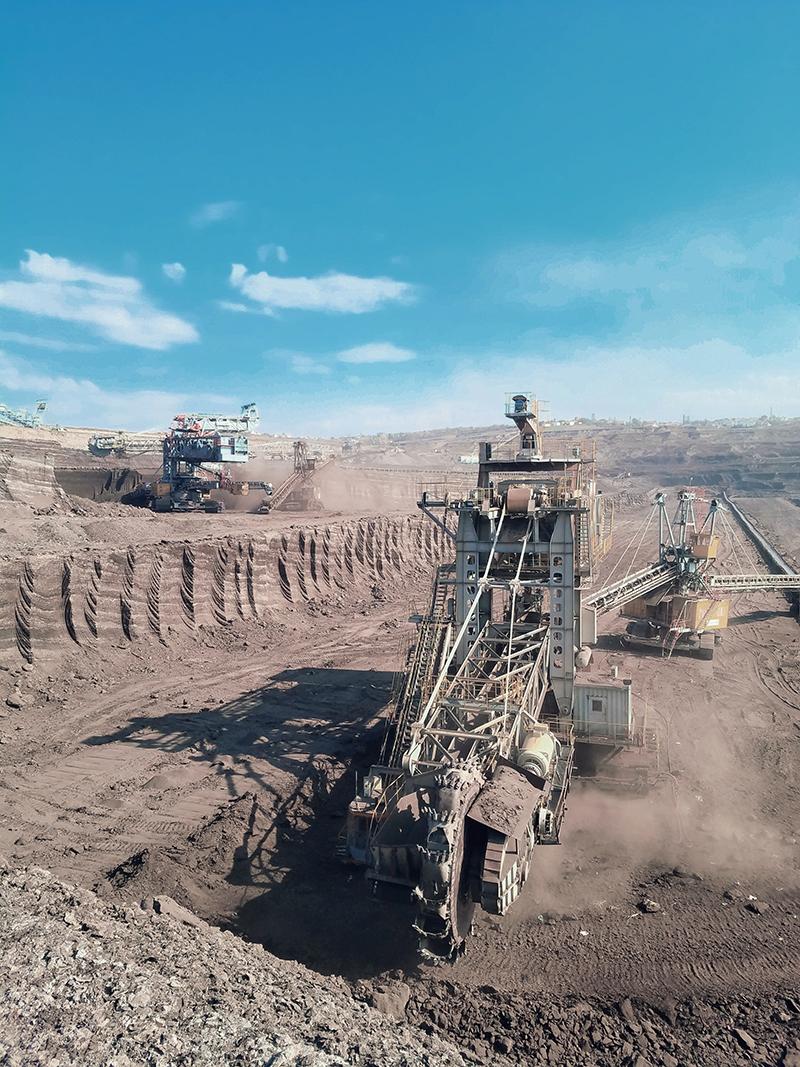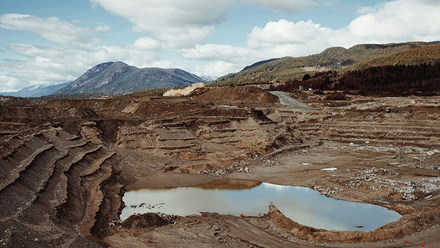Nuclear scanning enhances 3D visualisation of drill cores
A nuclear scanning technique can detect precious metals and strategic minerals in a core sample, say scientists in Australia.

A team of researchers from the Australian Nuclear Science and Technology Organisation (ANSTO) and Macquarie University are applying enhancements to the neutron tomography instrument Dingo at ANSTO’s Australian Centre for Neutron Scattering.
‘Traditionally, neutron CT scans took much longer than X-ray CT scans. With this new development, it has become a fast, cost-effective and non-destructive way to map the concentration and distribution of minerals in a rock core,’ explains Instrument Scientist Dr Joseph Bevitt.
The ANSTO team developed a four-row rig, to hold the cores for parallel scanning.
The instrument produces a 3D image reconstruction of the drill core, which is achieved by rotating the cores in the neutron beam while acquiring thousands of shadow radiographs. Using high-powered computing facilities, these are converted into 3D visualisations of the drill cores.
At present, industry and research institutions use X-ray techniques for high throughput drill-core inspection and analysis. However, X-rays cannot penetrate samples that contain abundant heavy metals, such as lead, without losing image contrast.
Bevitt concludes, ‘Neutrons overcome this limitation as lead and a number of other commonly occurring minerals that are problematic for X-rays are more transparent to neutrons.’







